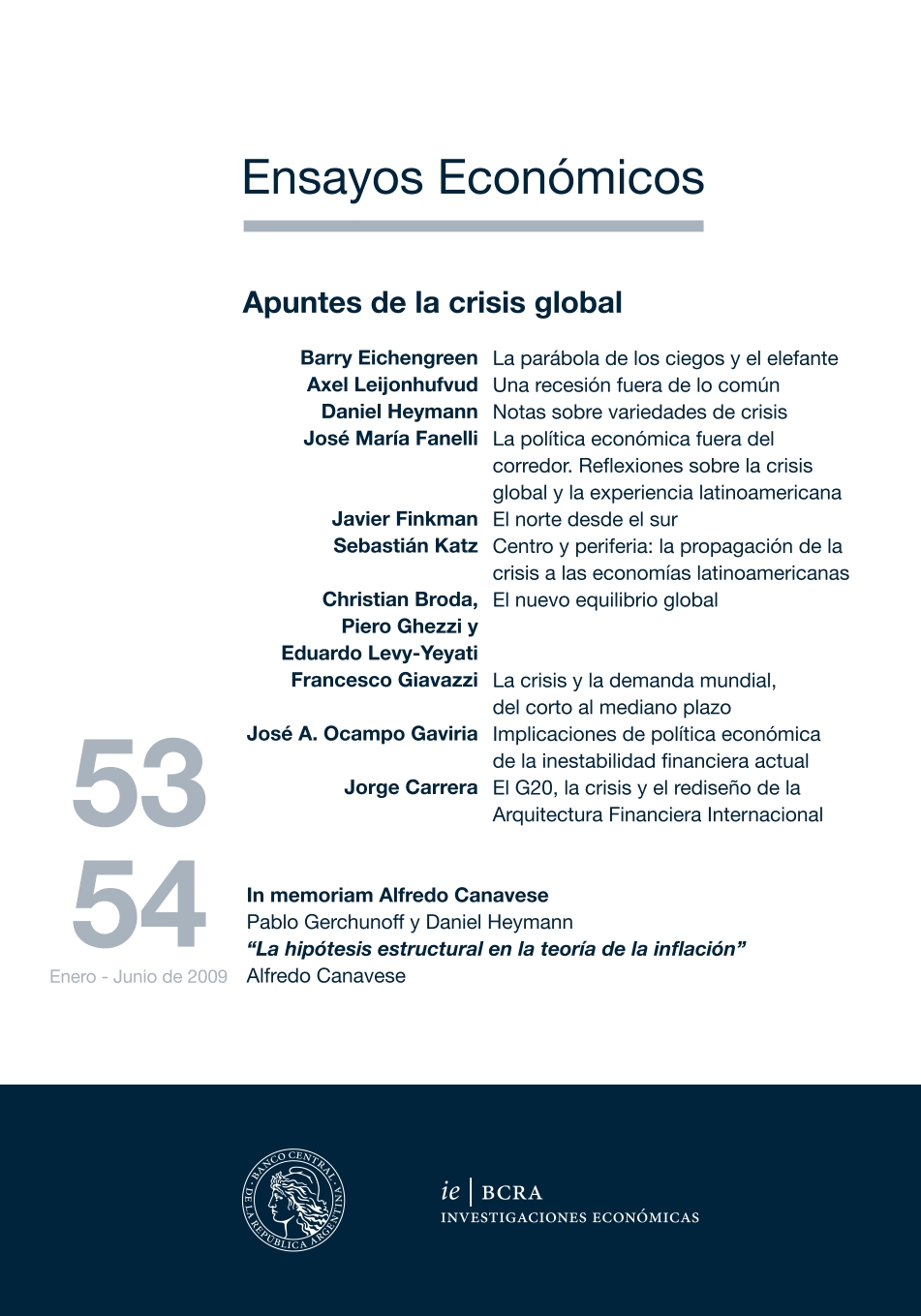The G20, the crisis and the redesign of the International Financial Architecture
Keywords:
Emerging Countries, Financial Crisis, G20, Global Coordination, International Financial Architecture, International Organizations, Subprime CrisisAbstract
All major crises have required reformulating the International Financial Architecture (IFA). The G20, abruptly converted into a forum for discussion and action in the face of the crisis, concentrated its work in two areas: first, the coordination of macroeconomic policies to get out of the crisis and second, the reform of the IFA both in terms of financial regulations as well as multilateral credit and supervision organizations. Addressing other critical aspects of the IFA, such as the operating rules of the international monetary system, was left off the agenda. In relation to this issue, the current situation of exchange and monetary “no regime” that generated phenomena such as global imbalances, lacked clear rules regarding the role of the dollar in the provision of international liquidity and as a reserve of value and that also did not have a lender of last resort, is a matter of debate. The fact that the discussion of the redesign of the IFA has been opened to new actors such as emerging countries has been very positive. The challenge is to ensure that this framework persists when the crisis is overcome so that these countries could achieve a less asymmetric international insertion.
JEL classification: F33 ; F42 ; F65 ; G01 ; G28




